Popular on Food52
Continue After Advertisement
5 Comments
Veronica F.
August 11, 2013
I also would add, once flowers are all placed in the vase, cup the bouquet on either side with your hands and gently lift them an inch or two to fluff them up and out. I always love the way this helps them to fall nicer and look a little less "arranged", especially in the case of most bulb flowers or wildflowers. :)
pamelalee
February 14, 2013
I was so glad to read, "prune your bouquet as the week goes on". This is one of the most ignored tips! When a flower is past its prime, pull it out. Only the most beautiful foliage and flowers deserve a spot in your bouquet. This will mean trimming the stems to make a much shorter posie and arranging it in a smaller vase.
darksideofthespoon
February 12, 2013
I worked as a florist after high school. A few essential tips I have to give are:
Follow the rules of 3, 5, 7. Odd numbers of flowers are more appealing to the eye.
When holding the bouquet, try and add in a clockwise order. IE, If you put a flower "facing" north, add one on the east side. Then south, followed by west.
Keeping that in mind, add flowers at an angle, not so the stem is straight down.
After you tie the flowers (essential to keeping the bouquet looking the same), cut all the stems (using a knife sharp enough to cut through a tomato, or sharp clippers) and quickly put them in water. The flower's stem will begin to "heal" the cut after 30 seconds and that limits the amount of water it drinks!
Cut the flowers EVERYDAY.
Follow the rules of 3, 5, 7. Odd numbers of flowers are more appealing to the eye.
When holding the bouquet, try and add in a clockwise order. IE, If you put a flower "facing" north, add one on the east side. Then south, followed by west.
Keeping that in mind, add flowers at an angle, not so the stem is straight down.
After you tie the flowers (essential to keeping the bouquet looking the same), cut all the stems (using a knife sharp enough to cut through a tomato, or sharp clippers) and quickly put them in water. The flower's stem will begin to "heal" the cut after 30 seconds and that limits the amount of water it drinks!
Cut the flowers EVERYDAY.
darksideofthespoon
February 12, 2013
And replace the water every day. ;) I love this post, arranging flowers is so much fun!
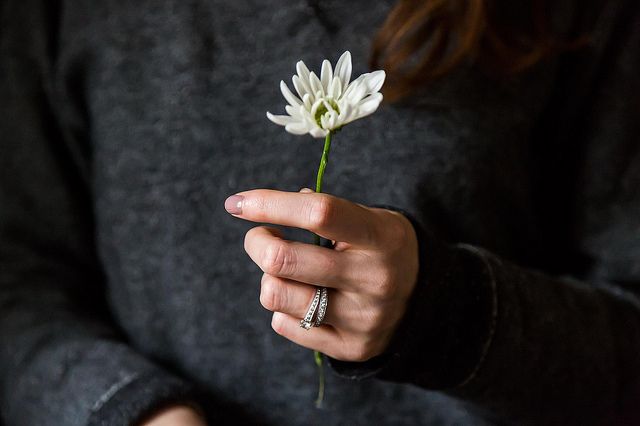
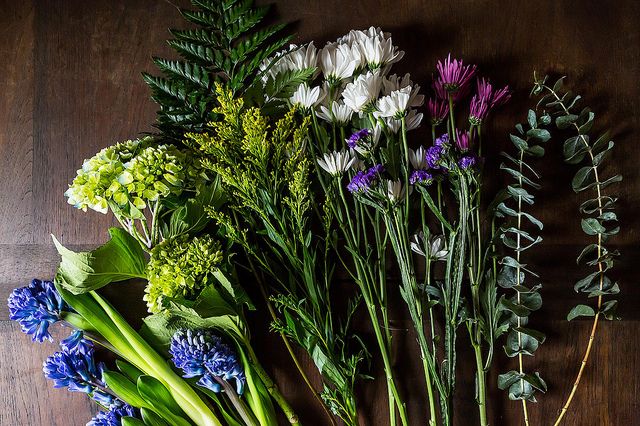
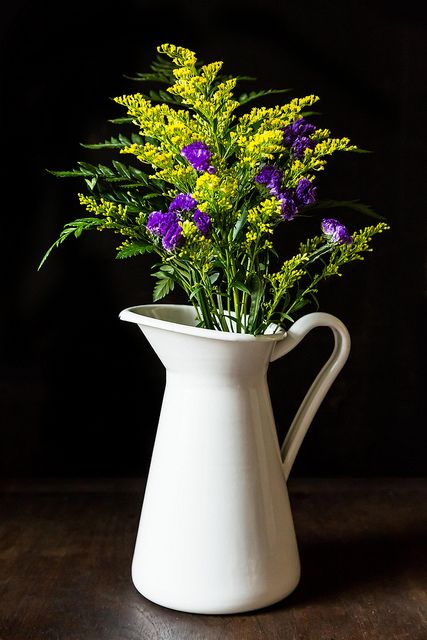
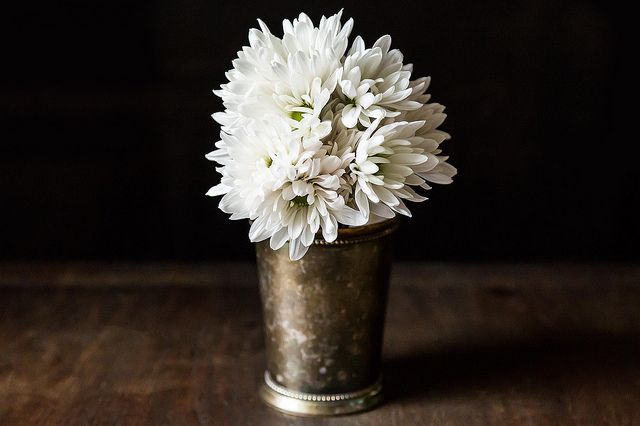
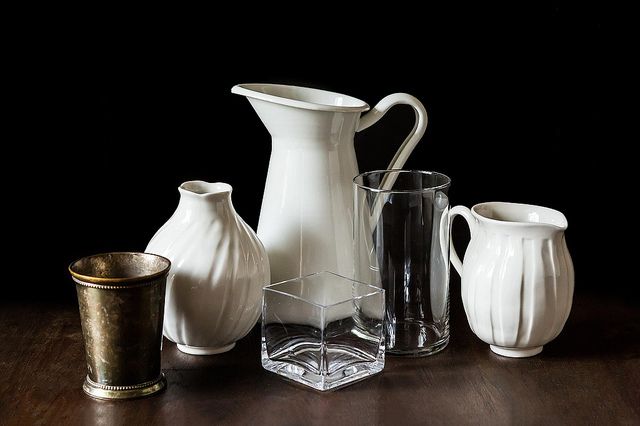
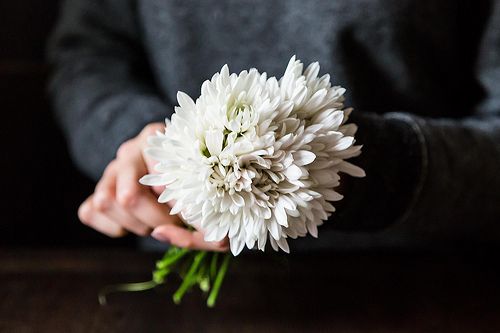
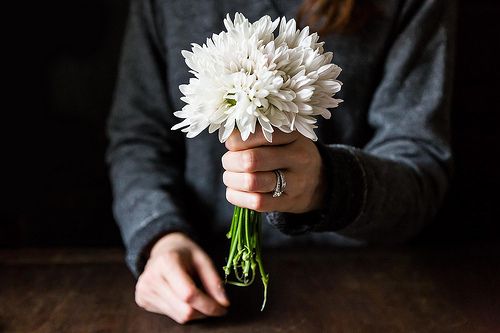
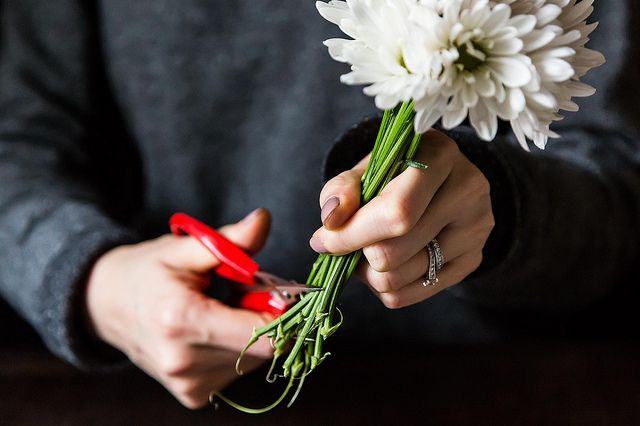

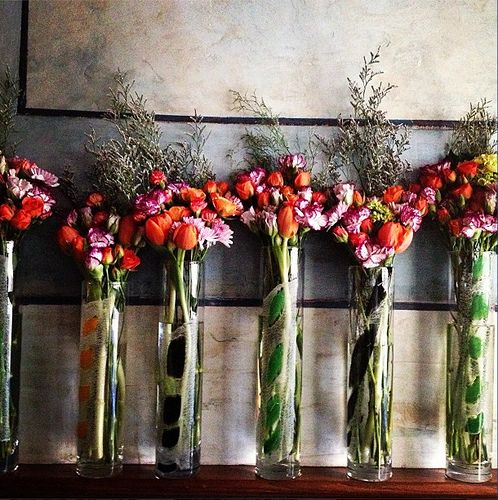
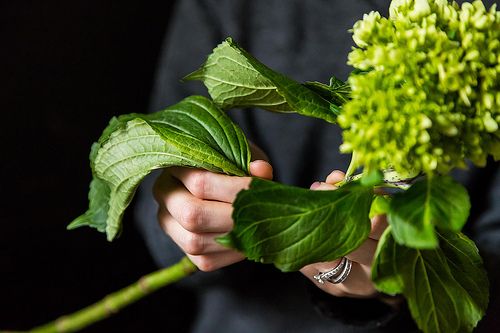

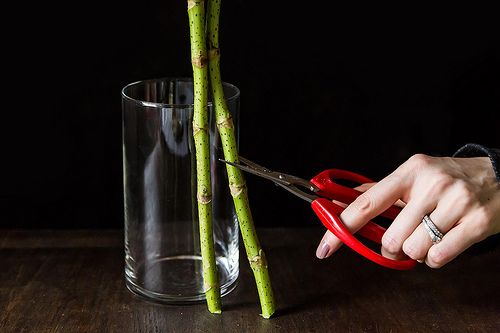
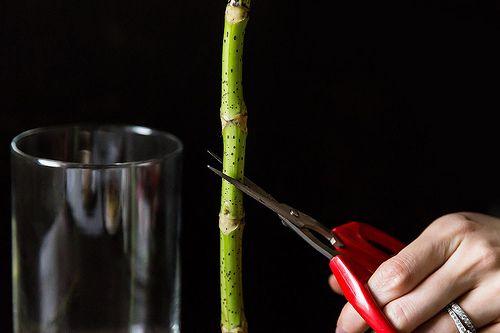

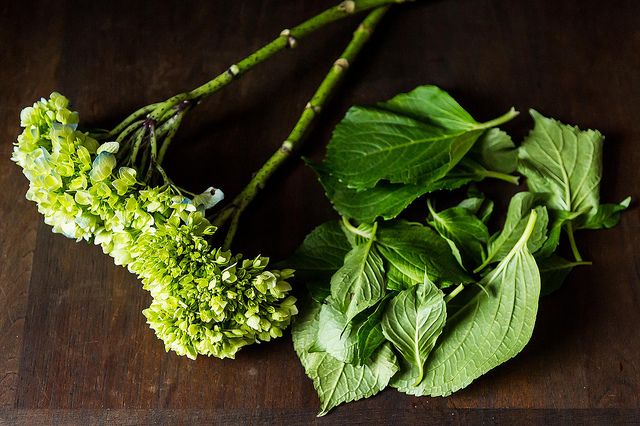
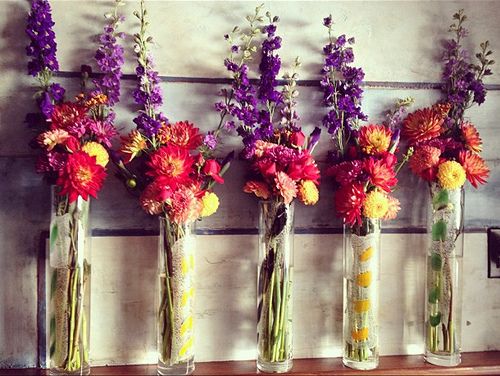
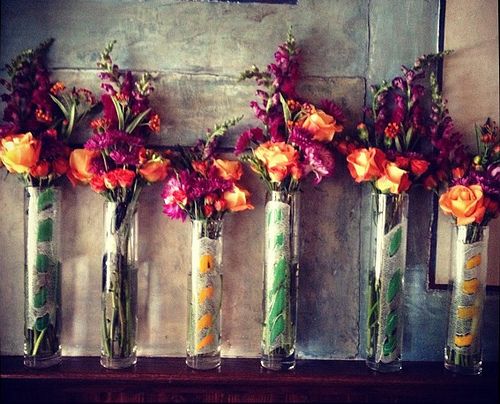


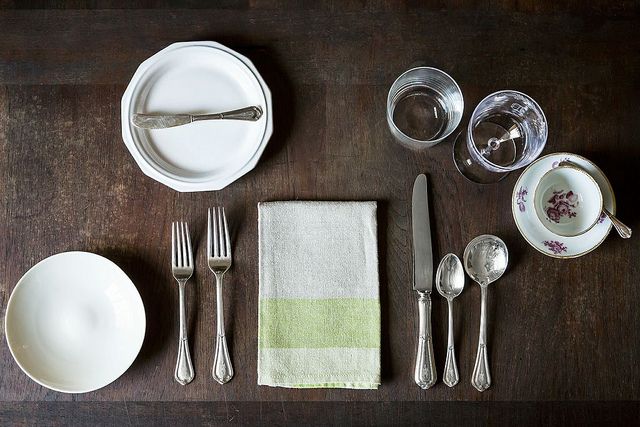

See what other Food52 readers are saying.